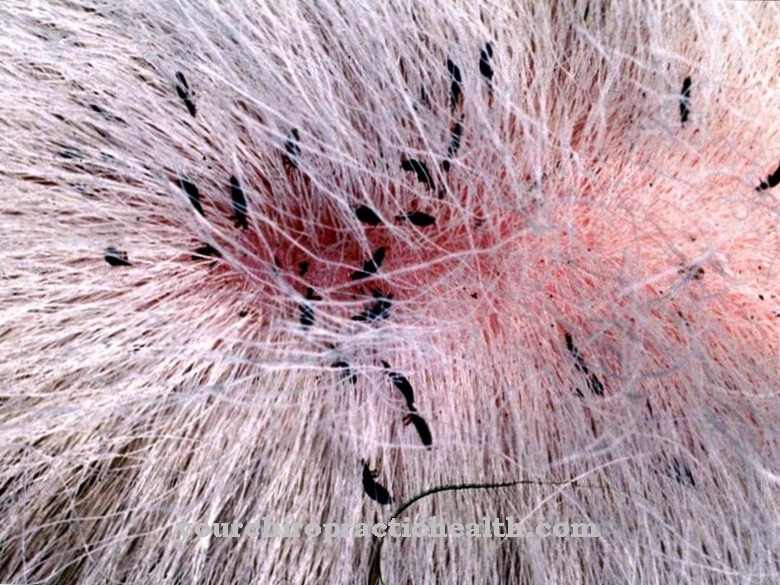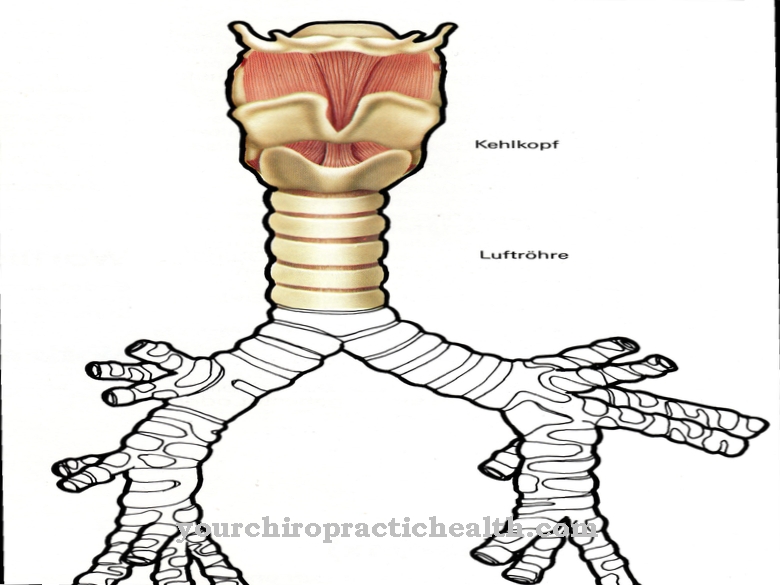A number of contagious diseases originally found in animals can be transmitted to humans.This transmission occurs either directly through the contact with sick animals during treatment, maintenance and care or also during the processing of raw animal products (hides, hair, bristles, etc.) to which the pathogens adhere and through the consumption of animal products (meat, milk ), which are afflicted with the pathogens.
Infectious & Communicable Animal Diseases
The causative agents of animal diseases that can be transmitted to humans are bacteria or viruses.
The most important of these animal diseases which can be transmitted to humans are: anthrax, rabies, Bang's disease, psittacosis, tularemia, tuberculosis, listerosis and snot. By systematically combating animal diseases based on the provisions of the Animal Diseases Act, the Meat Inspection Act and the Dairy Act, it has been possible to largely reduce the risk of their transmission to humans.
On the other hand, the obligation to notify people of illnesses introduced on the basis of the ordinance for the protection of communicable diseases has proven to be extremely valuable, because not only are people protected from the spread of infectious diseases, but because the discovery of these illnesses is used to detect and thus eliminate them sources of infection lying in the animal.
Let us now take a closer look at the individual diseases that can be transmitted from animals to humans:
anthrax
The anthrax is subject to the obligation to report according to the cattle disease act. This means that we are not dealing with a harmless disease. All three forms of anthrax, skin anthrax, pulmonary and intestinal anthrax, apart from a few isolated cases, no longer occurred in Germany because the main sources of infection, animal skins imported from South America and Africa, are hardly processed any more.
rabies
Rabies primarily affects dogs and cats, and recently it has often affected game (foxes and rabbits). The rabies pathogen is a virus. After infection, the virus lives mainly in the brain and spinal cord in humans and animals. The infection takes place through the virus-containing saliva, which gets into wounds or minor injuries to the skin when bitten, licked or touched. The incubation period (the time between the bite and the onset of the disease) is 3-10 weeks in humans. The disease begins with headache, insomnia, soreness, burning and itching of the old bite site and difficulty swallowing.
In the event of bite and scratch wounds from the animals mentioned, you should seek medical treatment immediately. Every hour is precious. Particular care is also required with foxes and rabbits, which, because they are familiar and tame, are brought by children from the forest to play. They often have rabies, called the silent rabies stage. To protect against rabies in humans, vaccinations are now carried out if an infection is suspected. The fight against the epidemic among animals is regulated by the Animal Disease Act.
Bang's disease & brucellosis
Bang's disease (brucellosis) or abortus bovis band is the disease of epidemic calving in cattle. There is a possibility of infection for humans in particular through professional handling of cattle and cows suffering from disease, which can excrete the pathogen with the prematurely expelled fruit, the amniotic fluid and with the milk over a long period and in large quantities.
The pathogens penetrate the human body through the smallest skin injuries via the mucous membranes and apparently also through the uninjured skin. But people can also contract Bang's disease when they consume raw milk containing bang bacteria. It starts on average one to two weeks after infection with a fever attack and more or less pronounced general symptoms.
Parrot disease & ornithosis
In the budgie, the cute little parrot bird that is kept a lot as a pet and amusing companion, the main carrier of the viral disease psittacosis, ornithosis or parrot disease was previously sought. However, recent research has shown that other bird species also transmit the virus, and people are talking more about ornithosis (bird disease). The symptoms of the disease in birds are quite uncharacteristic. Usually the correct diagnosis of the disease can only be made in the dead bird.
Humans become infected by inhaling the virus-containing dust that the lively animals spread into the environment. Even the kissing and other similar foolish customs with those animal owners who forget that animals live like animals and thus unsanitary, may have caused some contagion. We note an increased incidence of psittacosis in winter, which can be explained with the closer coexistence between humans and animals.
After an incubation period of 7 to 14 days, humans fall ill with flu-like symptoms, with the temperature rising quickly to 40 degrees. If the disease progresses well, it lasts 3-4 weeks, followed by a recovery phase lasting many weeks. A history of cohabitation with budgies or other birds is important in making the diagnosis. Children and adolescents rarely get sick.
Tularemia & Rabbit Plague
Tularemia or rabbit plague, named after the place where the disease was first diagnosed in humans in Tulare (California), occurs mainly in wild hares and rabbits, where it is almost always fatal. The disease also affects people, mostly in a weakened form. Pathogens can be transmitted through direct contact with sick animals and their excretions or blood, as well as through blood-sucking insects.
Tularemia usually begins in humans with a sudden attack of fever, headache, and back pain.
A small, poorly healing ulcer often forms at the point of entry of the pathogen. From here a painful swelling of the neighboring lymph nodes develops, sometimes turning into suppuration. Diseases of the thoracic and abdominal cavity organs can occur. After an average of 2-3 weeks, the feverish stage of the disease subsides. The general complaints mentioned above last longer and require a long recovery time.
tuberculosis

Tuberculosis (bovine tuberculosis) in cattle as a communicable disease to humans should only be mentioned but not discussed. The urgent warning not to drink uncooked milk applies particularly to farm households and holidaymakers in the country. The responsible doctor and veterinarian warns with the word "bovine tuberculosis is child tuberculosis". Milk processed in dairies does not contain any germs from tuberculosis.
Listeriosis
Listeriosis occurs a little more than in the past in humans, which is transmitted by almost all domestic animals, but most frequently by sheep, cattle, rabbits, chickens and pigs. There is a risk of infection from sick animals, especially for small children and pregnant women. The mother rarely falls ill, but listeriosis has often been identified as the cause of stillbirth or premature birth.
The germs are excreted with the urine of the animals, with the milk or, in the case of animal abortions, with the weekly flow. Infection in humans occurs through the mouth or by touch and causes a disease similar to meningitis. As with most infections, the most meticulous cleanliness in humans and immediate treatment of sick animals is the best protection.
More detailed information about snot, one of the most dangerous diseases that can be transmitted by animals, does not need to be explained here, as it has been practically eradicated in Germany due to measures relating to animal diseases.





.jpg)
.jpg)


.jpg)

.jpg)







.jpg)



.jpg)
